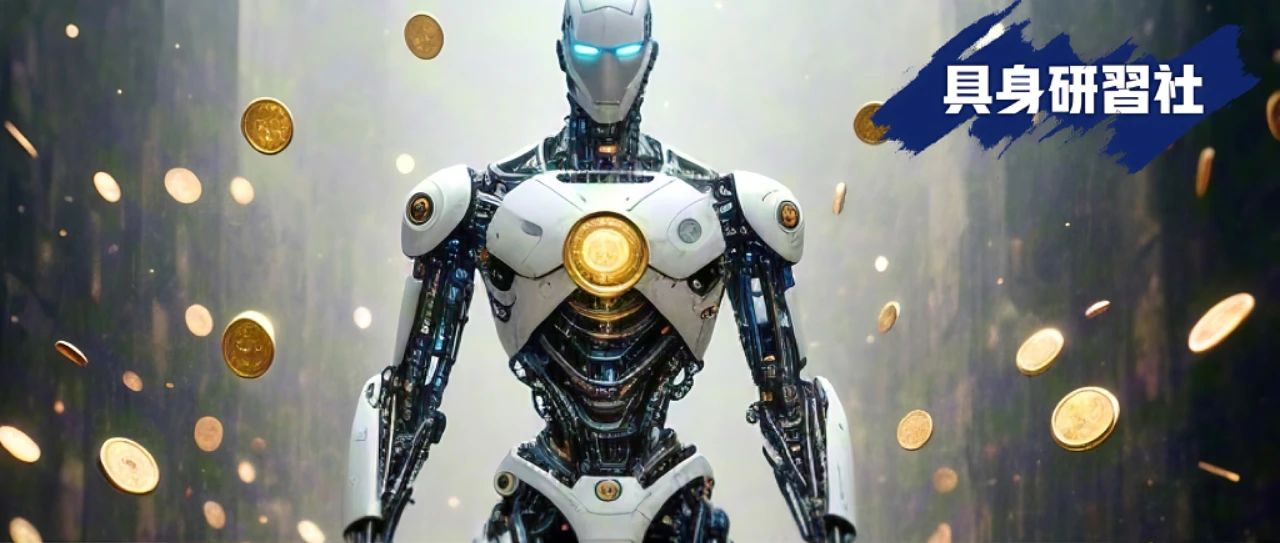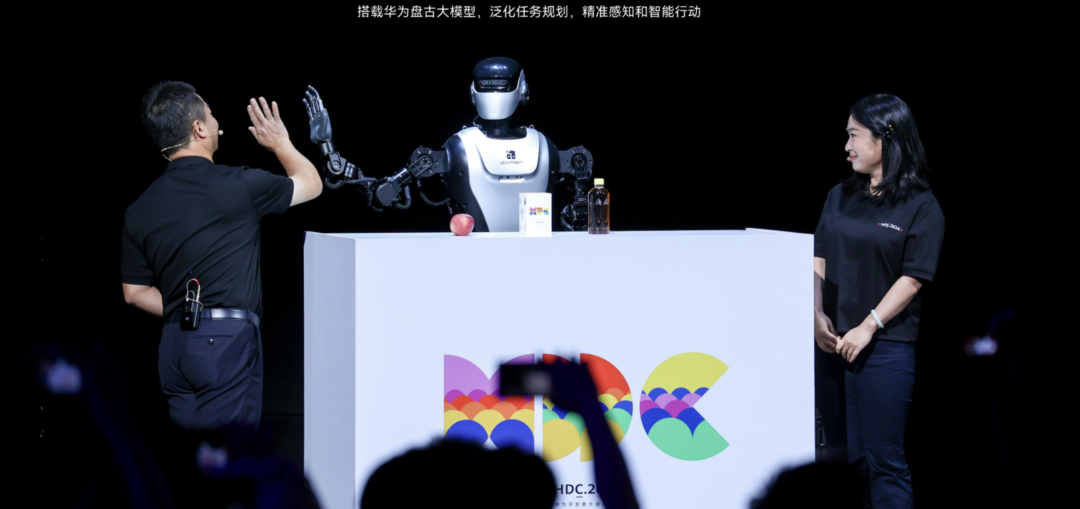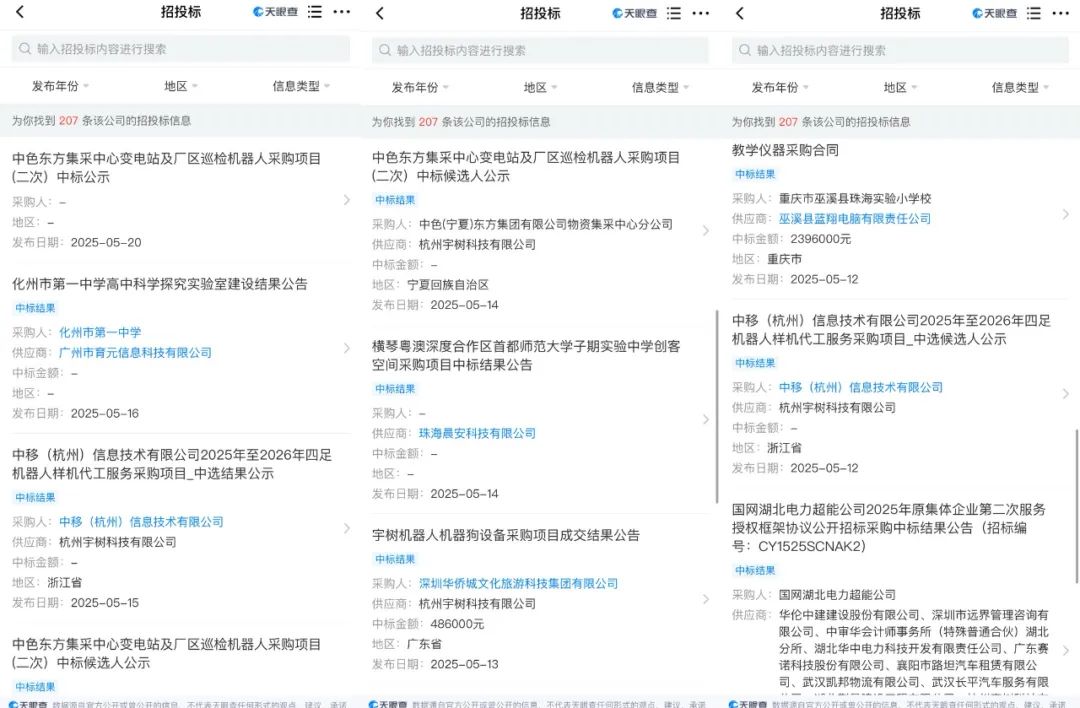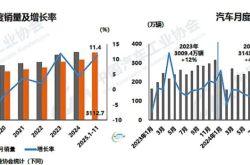Humanoid Robot "Order Surge": Embracing Bubbles in the Quest for Commercialization
![]() 05/21 2025
05/21 2025
![]() 554
554

The essence of competition in emerging industries is akin to a marathon, not a sprint. Amidst the surge in orders, enterprises must seize the current "traffic dividend" to achieve initial growth while laying foundations in the future "deep waters of technology" to establish barriers.
Editor: Di Xintong
Wang Xingxing's statement that "many enterprises have seen a surge in orders" serves as a potent rebuttal to the notion that humanoid robots "cannot be sold." This also elevates 2025 from the "year of mass production" for humanoid robots to the "year of commercialization."
Supporting evidence continues to pour in from the market. Songyan Power's N2 robot "Xiaohaige" has secured over 1,000 large orders; Unitree Robotics, profitable for five years, has won bids in the first five months of this year close to its total for all of 2024; Leju Robotics experienced a 200% increase in order volume in the first quarter; Liangxi District and Liangxi Science and Technology City plan to purchase dozens of Magic Atom full-size general-purpose humanoid robots...
For a time, the deployment of thousands of robots is no longer a novelty; humanoid robots entering the workforce in groups are capturing more attention.
The "order surge" also highlights the current major commercialization directions for humanoid robots.
For most humanoid robot manufacturers, factory production and scientific research and education are the "anticipated" main scenarios; exhibition guidance and retail assistance provide "reasonable" sources of small-scale orders; commercial performances and advertising endorsements may be "unexpected" application scenarios. A humanoid robot manufacturer told Embodied Learning Club that "initially, we didn't foresee commercial performances as a significant demand."
In the view of Embodied Learning Club, a key theme behind the humanoid robot "order surge" is this: Amidst technological immaturity and nascent market demand, not all scenario demands can be deemed "genuine," with some being ephemeral, spurred by market fervor and the spotlight effect. However, as the saying goes, "the proof of the pudding is in the eating." Whether it's long-term genuine demand or ephemeral demand, it will inject vitality into the field of humanoid robots.
Yet, this tests enterprises' discernment. Focusing solely on ephemeral demand can hinder resilience against cycles and make it difficult to gain a foothold post-bubble.
The essence of competition in emerging industries is akin to a marathon, not a sprint. Amidst the surge in orders, enterprises must seize the current "traffic dividend" to achieve initial growth while laying foundations in the future "deep waters of technology" to establish barriers. Those enterprises that can extract data value from bubbles and adhere to technological beliefs amidst the fever will ultimately emerge victorious post-reshuffling.
Just as the photovoltaic industry has weathered multiple cycles, surviving enterprises possess the combined advantages of "technology + cost + scenario." Winners in the humanoid robot industry will follow the same business logic.
Who is Selling? Who is Buying?
As early as the beginning of this year, the trend of the order surge began to emerge. There are instances of orders placed in March with delivery schedules extending to mid-year.
At that time, the relevant person in charge of Leju Robotics stated, "Basically, now one robot is delivered as soon as it comes off the production line." According to media reports quoting the relevant person in charge, Leju Robotics delivered 100 units last year, and order volume in the first quarter of this year increased by 200%. "Total deliveries this year are expected to reach the thousand-unit level."
The "Kuafu" (a humanoid robot from Leju Robotics) queuing up for production is primarily shipped to scientific research and laboratory scenarios, followed by exhibition halls, commercial service guidance, and industrial applications. Besides the domestic market, Leju Robotics also exports to the United States, the Middle East, Europe, and other regions.

Image source: Leju Robotics official website
Leju Robotics' delivery situation reaffirms the argument that "scientific research and laboratories are the most in-demand scenarios at present." The essence of this scenario lies in the coupling of "production and research" through order cooperation models, relying on the mature ontology provided by the enterprise to conduct scientific research and validate the algorithms of the laboratory, exploring technological pathways for humanoid robots through secondary development, and accelerating humanoid robot technological advancement.
Another illustrative example is the "Tian Gong Xing Zhe" launched by UBTech in collaboration with the Beijing Humanoid Robot Innovation Center (the National-Local Collaborative Embodied Intelligence Innovation Center). This humanoid robot focuses on education and research scenarios, featuring 20 degrees of freedom throughout its body, capable of stable operation at a speed of 10 km/h, and possessing motion functions enabling stable movement and resistance to impact interference on complex and diverse terrains such as hills, stairs, sandy grounds, and snowy grounds.
Tian Gong Xing Zhe has also pioneered new solutions in scientific research scenarios, empowering scientific research and laboratories through the "hardware and software collaborative" capabilities of the "Huisi Kaiwu" general embodied intelligence platform. Huisi Kaiwu fills the gap in general software systems within the field of embodied intelligence and, with its assistance, can drive the evolution of intelligent robots from single-task execution to autonomous decision-making and execution capabilities in complex environments. As of April this year, the number of intended orders for the "Tian Gong Xing Zhe" robot has reached 100 units.
Unitree Robotics' early commercialization also stemmed primarily from scientific research scenarios. According to relevant data, from April 8, 2021, to March 17, 2025, among Unitree Robotics' hundreds of winning bid projects, universities were most prevalent. Nearly 30 universities have procured related products from Unitree, including Sun Yat-sen University, Southern University of Science and Technology, Zhejiang Sci-Tech University, and Beihang University.
Among them, Zhejiang Sci-Tech University, Zhejiang University, and Shenzhen Technology University contributed orders exceeding 500,000 yuan, while Tongji University's procurement amounted to over 8.25 million yuan, including 10 Unitree H1-2 general-purpose humanoid robots and optional core components.
However, focusing solely on this year's bidding situation, Unitree Robotics' customer base is shifting from universities to large state-owned and central enterprises in the communications, power, and other industries.

Image source: Unitree Robotics bidding and tendering (Tianyancha)
According to Embodied Learning Club, China Telecom established an Artificial Intelligence Research Institute in 2024, leveraging China Telecom's advantages in computing power, data, scenarios, and other aspects to conduct basic research and technological breakthroughs. The research institute has repeatedly demonstrated technologies such as the high-dynamic embodied cerebellum deployed on Unitree Robotics' G1 and H1 ontologies. From the application perspective of this research institute, it still falls under the scientific research scenario, with the only change being the type of subject.
Beyond scientific research, the industrial scenario is also a clear commercialization path, serving as the primary competition ground for current humanoid robot manufacturers. In this scenario, humanoid robots are primarily responsible for tasks such as handling and inspection.
For example, on April 24, UBTech officially signed a procurement contract with the purchaser for large bipedal humanoid robots, delivering industrial humanoid robots Walker S1 and commercial version humanoid robots Walker C, which will be utilized in automobile factory production and manufacturing as well as commercial reception.
It's worth noting that this is the first globally signed small-batch humanoid robot procurement contract by a humanoid robot enterprise in the factory manufacturing scenario.
The biggest difference between factory and scientific research scenarios is that the former leverages the "productivity" of humanoid robots, which has been the expectation since the inception of humanoid robots. However, based on current market information, most enterprises are still in the proof of concept (POC) stage, struggling to achieve large-scale deliveries. The core constraint lies in the low fault tolerance rate in factories; "can't afford to take risks" is the biggest concern for customers at this stage.
Next are B-end customers such as exhibitions. Jiang Zheyuan, the founder of Songyan Power, once stated that currently, Songyan Power primarily focuses on the small B-end market of exhibitions and displays. By reducing prices through standardized products, it quickly achieves self-sufficiency with a low price of 39,900 yuan. "The company's current main goal is to achieve scale and positive cash flow," said Jiang Zheyuan.
Besides the above main scenarios, there are also fragmented small orders contributing to the surge, such as the humanoid robot rental business spurring scalping and some retailers placing orders for commercial scenarios to attract traffic.
Thus, it can be seen that beneath the order surge lie both the commercialization path choices of various humanoid robot enterprises and the diversified demands nurtured within scenarios. With the efforts of multiple parties in the industry, the current order surge may only be the "prologue" to the commercialization of humanoid robots.
Advantages and Concerns Behind the Order Surge
In the view of Embodied Learning Club, as an emerging industry, the current stage of development for humanoid robots should not be overly constrained, thus falling into a state of "timidity."
Some industry voices believe that the "commercial performance" scenario is a "fake demand" spurred by bubbles and cannot be regarded as a footnote to long-termism. Therefore, the current fever does not signify that humanoid robots have truly ushered in the "era of commercialization."
The core logic of this argument is that such scenarios lack sustained payment capabilities and production value conversion. However, this judgment overlooks the unique development patterns of emerging industries. From both commercialization and technological development perspectives, it's evident that the industry needs this so-called "bubble" at this stage:
From a commercialization perspective, whether it's genuine or fake demand, it's a demand that brings real money, beneficial for short-term development;
From a technological perspective, humanoid robots entering the physical world will continuously collect various types of real data, conducive to precise technological iteration. Especially humanoid robots active in commercial scenarios, facing unstructured scenarios (such as stage spotlight changes, dense crowd fluctuations), are more conducive to enhancing humanoid robots' perception and motion trajectory planning capabilities.
Any emerging industry needs to experience the evolution process of "attention economy - scenario verification - value precipitation." The development of emerging industries requires a balance of "cold thinking" and "hot practice": it's necessary to establish a rational evaluation system for technology commercialization to avoid falling into conceptual speculation; simultaneously, it's essential to tolerate the cost of trial and error during the industry exploration period and cherish every opportunity for real-world interaction.
After all, all significant industrial transformations must go through a "chaotic and vibrant" adolescent phase.
However, the flip side of the coin is issues such as capacity constraints and customer trust, with the former directly determining one's discourse power and the latter influencing the duration of this wave.
According to Embodied Learning Club, the current production capacity of humanoid robot enterprises is around a few units per month. Some enterprises support "customized" production, extending the production cycle, making it difficult to meet the surge in demand in the short term.
Capacity constraints are not a shackle for individual enterprises but for the entire industry. On one hand, core components are still in a "standard desert," with all enterprises navigating uncharted territories. Without the ability to scale shipments, how can we discuss expanding capacity? On the other hand, only a few humanoid robot ontology enterprises on the market have large-scale production bases, struggling to increase capacity in the short term due to production line constraints.
Under capacity constraints, what's lost is the initiative in orders, ceding it to other enterprises.
From the perspective of customer trust, once humanoid robots make mistakes in application, it affects not just a single scenario but the perception of enterprises and even the industry by all sectors of society. A typical case is the humanoid robot half marathon race, where the customer deployed self-developed algorithms on the Unitree Robotics G1 ontology. Due to immature algorithms, the robot encountered numerous issues, tarnishing Unitree's public image. Although Unitree clarified the facts, it was still negatively labeled by the outside world, with extremists even expanding the label to the entire industry.
This also highlights the "unpredictability" inherent in scientific research scenarios, mirroring the impact of private operational violations by catering franchisees on food safety, which tarnishes the official brand image.
The same applies to B-end customers. Ultimately, any mistakes made by humanoid robots will be borne by these customers, leading to tangible losses. If customers discover, after trying the technology, that it is not yet mature, it becomes challenging to cultivate a mindset of continuous investment.
The underlying mechanism of these two factors is that, irrespective of external shifts in iteration trends, enterprises must anchor back to the technology itself. Leveraging technology as a driving force, they will navigate the tides of commercialization.





